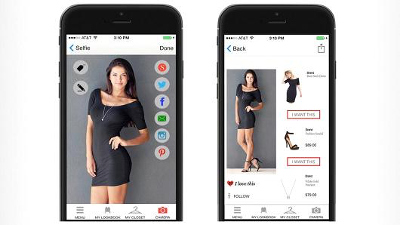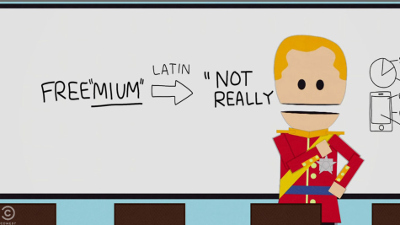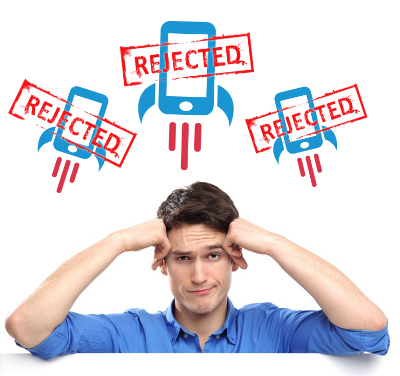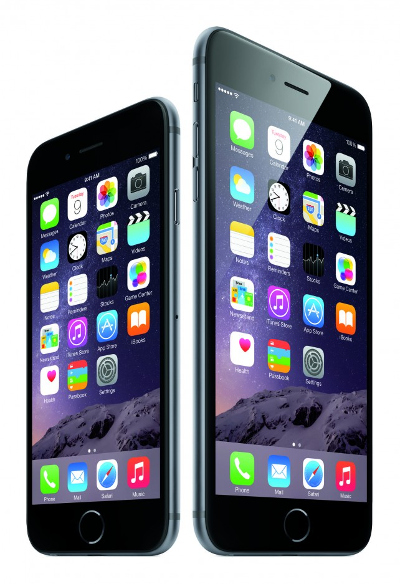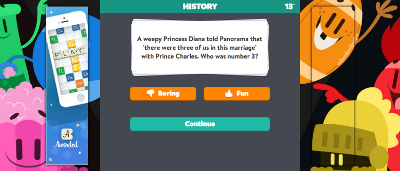
Everyone dreams of a little magic – instead of having to pay to promote your new newly developed mobile app, the word simply spreads. People tell their friends. Downloads spike, then keep climbing. Within a week, 100s of thousands, maybe even millions of people have downloaded your mobile app. Your Apple account balance soars – in a few weeks, you will be a millionaire.
What can you do to make this happen? There are two techniques I know of which help drive app promotion, because I have seen them work.
1. Facebook Mobile App Links
The first technique is Facebook App Links. Imagine if a user clicks a message in their Facebook news feed, and Facebook, I mean the Facebook App itself, recommends that a user install YOUR mobile app to view the Facebook message. This is an incredibly powerful technique for driving uptake. People trust that their Facebook mobile app is is on their side. If a trusted source like Facebook says “install another mobile app now”, a lot of users just do what they are told – and install the app.
An example of an app linked (or in this case a deep linked) Facebook App is RubyApp. RubyApp has an iPhone App component and a embedded Facebook web app component. You can use RubyApp to send a Facebook message. If someone clicks a RubyApp Facebook message in their Facebook news feed, Facebook prompts the user to install the iPhone App component.
2. A compelling promotional video
The second technique I have seen work is a compelling mobile app promotional video. One of the most compelling promotional videos I have been involved with is the Invisible Alert mobile app promotion video.
Watch the following:
https://www.youtube.com/watch?v=6ZnMMJT0n8U
If you watch the video, you will understand – the video simply demands that if you are a responsible parent, you will ensure your kids have a copy of the Invisible Alert iPhone App, to help keep them safe when you can’t be there.
How to create a viral video
Its one thing to create a compelling mobile app promotion video – how do you make sure people watch it? Creating blockbuster videos is not my field of expertise – I’m a mobile app developer. But the following is one of the best descriptions I have read of how to create a viral video – written by someone who describes exactly what they did to make their video go viral.
DANCING YOUTUBE SENSATION KAREN CHENG’S 10 TIPS FOR MAKING YOUR VIDEO GO VIRAL
Day One: 80K views
First, I posted to Facebook/Twitter, and submitted it to social news sites like Reddit and Hacker News. I personally asked many of my friends to share it. I tweeted it at well-known dancers. I emailed bloggers who had covered other viral dance videos.
Of all the things I tried, Reddit paid off. It got to the top of the GetMotivated subreddit. I did this by following the advice in this article.Day Two: 800K views
Bloggers who had seen it on Reddit the day before started publishing articles about it. First Kottke. Then blogs like Mashable, Jezebel, and Huffington Post.
Blogs drove a ton of traffic. Each blog is a giant marketing engine with millions of readers and Twitter followers. It’s in their interest to get the article as many views as possible, because each view is an ad they can serve up. Understand how the money flows. It’s all about clicks and advertising dollars.
Day Three: 1.8 million views
It made the YouTube front page. I’m not sure how it got there, but I suspect the blogs were sending it so much traffic that YouTube’s algorithms picked up on it.
Try many things. You only need one of them to pay off in order for your video to go viral. For me, that thing was Reddit. Your thing might be different. Your goal is to get major blogs to write you up, because their marketing power is ridiculous.
I hope this helps. If you need a detailed marketing plan, I recommend you talk to a marketing / SEO expert – I can recommend a few names. But I can help with what I know – if you have any questions about the technical aspects of mobile app promotion, the technical intricacies of Facebook app links, or other social media possibilities, please Contact Me.
